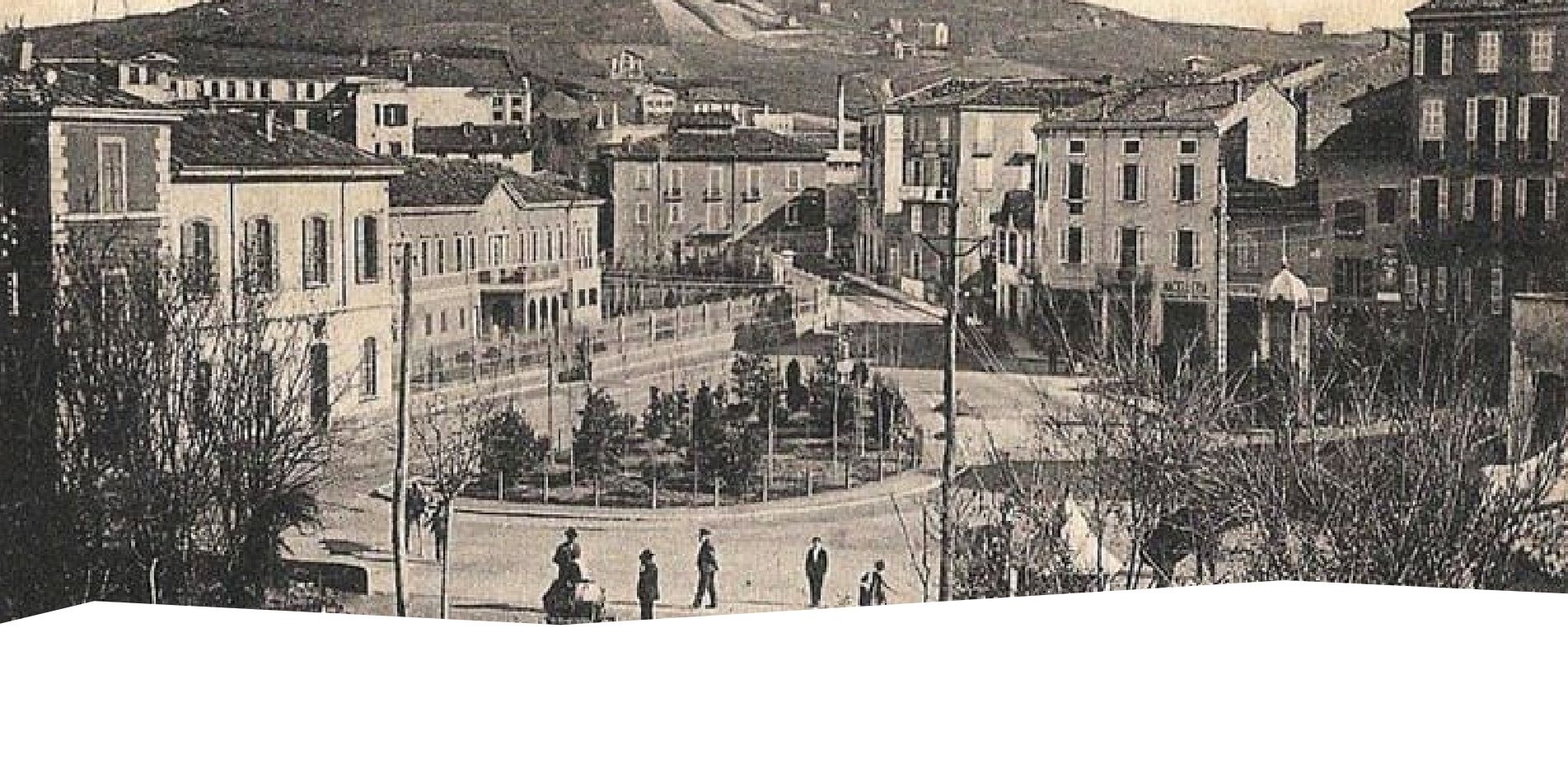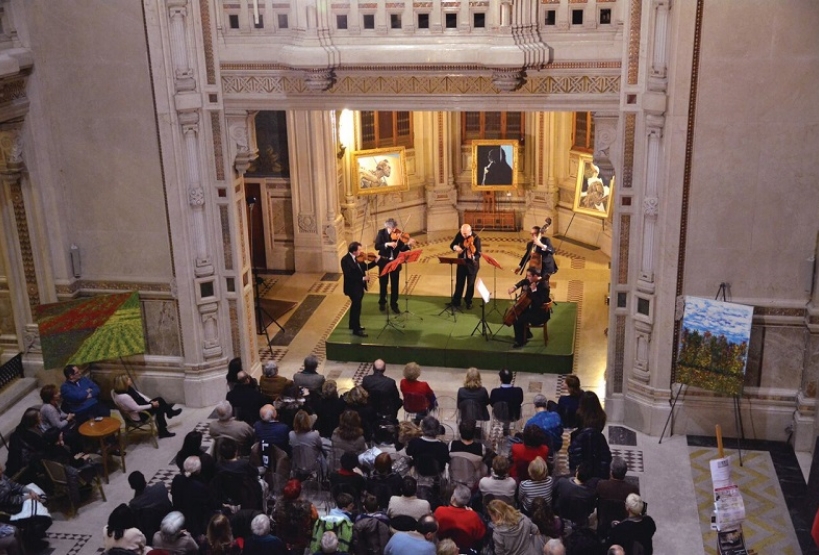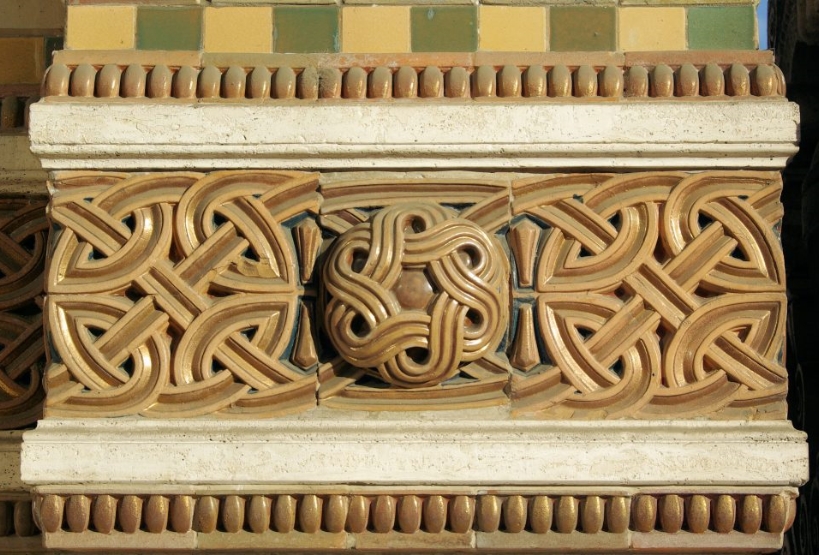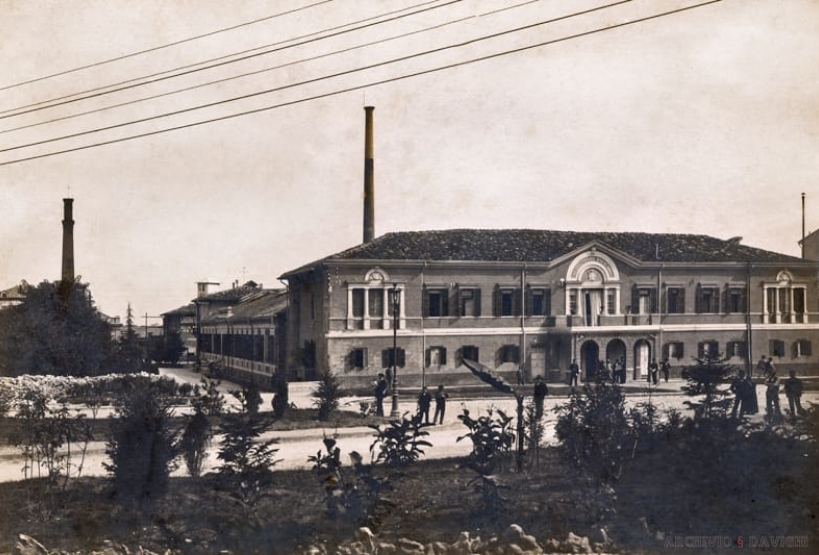Berzieri Spa
The most beautiful spa baths in the world
Salsomaggiore’s spa tradition is relatively recent. Its waters, containing sodium chloride, bromide and iodide, have been used since pre-Roman times for the production of salt, and only after 1836, thanks to the research of the doctor Lorenzo Berzieri, were they also used for curative purposes. From the mid-19th century, the transition began between an economy based on salt production and the “Salsomaggiore spa town” we know today.
In ancient times, the village was known as the ‘village of salt’, and stood on the banks of the Citronia and Ghiara streams, around a dense network of salt-bromine-iodine water wells. In the historic centre, on the banks of the stream, stood the salt factory, built in the 17th century under the rule of the Farnese dukedom and characterised by the imposing architecture of the salt pans.

The salty-bromine-iodine water was processed here to obtain, through an evaporation process, the precious edible salt. In 1857, part of the saltworks was replaced by a spa, built on the authorisation of the ducal government of Parma. The small establishment soon proved to be insufficient and, in 1883, the new establishment known as “Dalla Rosa” was built.
In 1902, the first section of the Citronia stream was covered, creating the site where it is now: the ancient Piazza Cavallotti, now Piazzale Berzieri.
In 1912, the Dalla Rosa Corazza e C. company began the construction of a new, impressive spa.
The project was designed by architect Giulio Bernardini, with the collaboration of architect Ugo Giusti, who completed the building at the end of the First World War.


To emphasise the character of the building, the design of the façade was entrusted to the Florentine painter and sculptor, Galileo Chini, who introduced the themes of oriental architecture in the Art Nouveau style into the ceramic decorative apparatus.
The Cremonese painter, Giuseppe Moroni, author of the triptych on the counter-façade, was called in to paint the interior frescoes.
The inauguration of the architecture, defined at the time as “the most beautiful baths in the world”, took place on 21 May 1923. In the same year, on the site of the razed Farnese saltworks, construction of the Royal Chemical Institute by Ugo Giusti began.
It is an imposing piece of architecture, but more austere than the Spa; on four floors, with a basement housing the heavy machinery used for water treatment, salt production, chemical production (particularly salt, iodine and bromine) and the packaging of the various products.
Between the two buildings of the Spa and the Institute, the thermal power station was built in the same years, characterised by the tall chimney that is still visible.


In 2009, the Salsomaggiore Spa expanded its offerings, with the renovation of an entire wing of the Lorenzo Berzieri Establishment, which was turned into a Thermal Wellness Centre.
The project, called “Mari d’Oriente”, aligns the offer with the most important European spas. The project is by Emilio Faroldi Associati, now EFA, which the following year also signed the work of recovery, functional redevelopment, redesign and reorganisation of the barycentric urban space of the city, now called Piazza Lorenzo Berzieri.
At the heart of a magical land
Discover all the places of historical, cultural and artistic interest
Castles, cities of art, historical sites, parks and places of worship: discover what the Tabiano Terme area has to offer
The oldest church dedicated to the martyr

